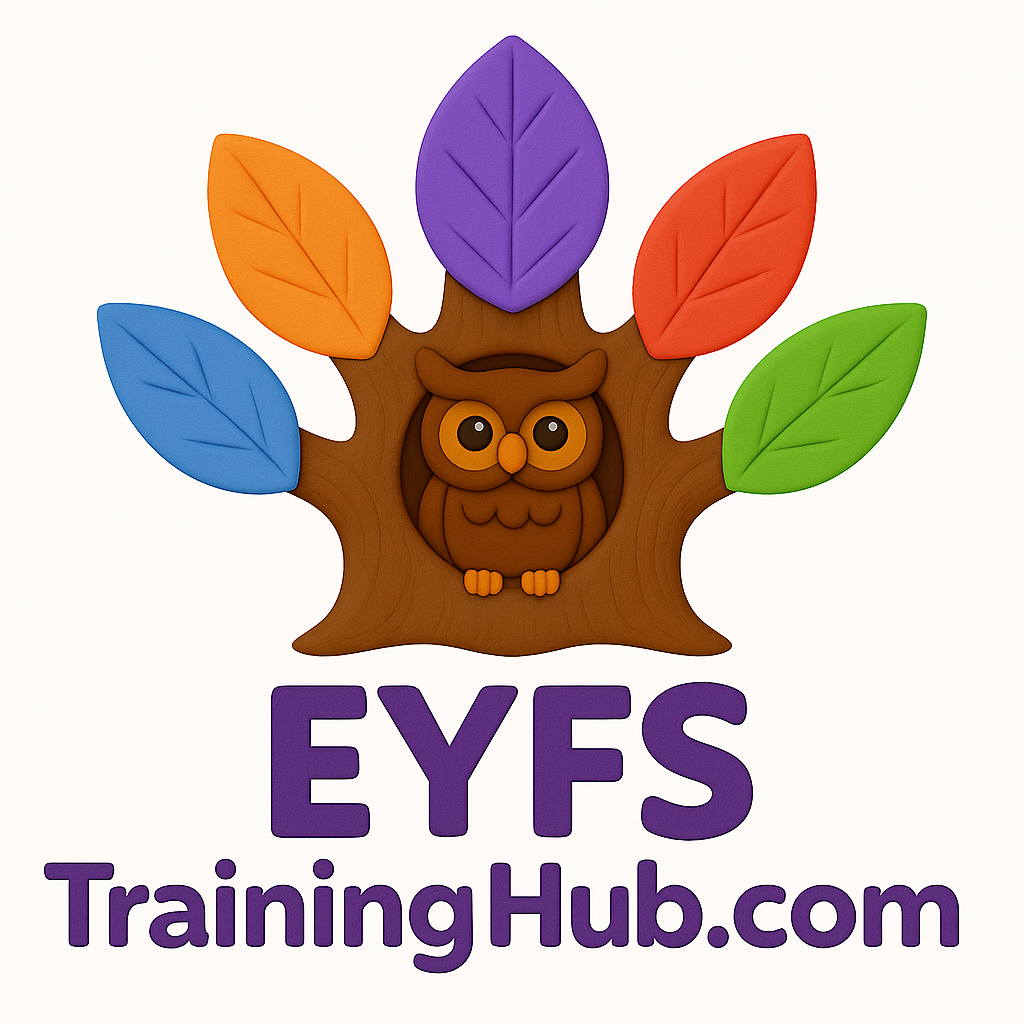One of the most common questions I hear from new childminders is:
“What policies do I need for my Ofsted (or CMA) registration visit?”
There’s a lot of information out there — and plenty of myths. Some childminders feel pressured to create huge folders of paperwork, while others aren’t sure what is truly required.
The good news is, you don’t need to guess. The EYFS Statutory Framework (2025) is clear about what you must have in place.
Let’s unpack it together, so you can feel confident, compliant, and inspection-ready.
Ofsted or your CMA want to know that you:Understand your responsibilities as a registered childminder.
Can explain how you will keep children safe and meet EYFS requirements.
Have thought through how policies will work in practice, not just on paper.
- This isn’t about impressing with volume.
- It’s about showing you know the law, understand safeguarding, and can confidently protect children in your care.
Under EYFS Section 3: Safeguarding and Welfare Requirements, the following expectations are set out for childminders:
Lead responsibility (3.4)You must take lead responsibility for safeguarding children in your setting:
- You must know how to contact local statutory children’s services and your Local Safeguarding Partners (LSPs).
- You must be alert to concerns in a child’s life at home or elsewhere.
Shared responsibility (3.5):
- If you work with another childminder, each of you remains individually responsible for meeting the requirements of your registration.
- You must also raise concerns if another childminder does not meet requirements.
Policies & procedures (3.6):
- You must have and implement policies and procedures to keep children safe.
- If you are solely registered on the Early Years Register or with an Early Years CMA, you are not required to have them written down — but you must be able to clearly explain them to inspectors, parents, and carers.
- If you have assistants, you must ensure they follow your policies and procedures.
- Your safeguarding policies should be in line with local LSP guidance.
Safeguarding policy content (3.7)
Your safeguarding policy must include:- The action you will take when there are safeguarding concerns about a child.
- The action to be taken in the event of an allegation against anyone living or working in your childminding home.
- How you manage the use of mobile phones, cameras and electronic devices with imaging/sharing capability.
- Procedures to follow to check the suitability of new recruits.
- How safeguarding training is delivered and how you ensure it is put into practice.
💡 Tip: The DfE’s guide Safeguarding children and protecting professionals in early years settings: online safety considerations is referred to in the EYFS as a useful extra resource for your policy writing.
https://www.gov.uk/government/publications/safeguarding-children-and-protecting-professionals-in-early-years-settings-online-safety-considerations
While safeguarding is the priority, the EYFS also expects childminders to have clear policies covering:
Health and Safety – risk assessments, safe supervision, accident/medication procedures.
Child Absence – what you do if a child does not attend as expected, including when to escalate.
Behaviour Management – positive strategies, working with parents, consistency.
Complaints – how parents can raise concerns, how you log and respond, and when to notify Ofsted or your CMA.
SEND (Special Educational Needs & Disabilities) – how you identify, support, and work with agencies.
Food & Nutrition – safe eating, allergy management, and healthy meals/snacks.
🚫 You do not need a folder of 50+ policies.
✅ You do need to be able to talk confidently about how you’ll keep children safe, healthy, and included in your care.
Know your policies – be prepared to explain them, not just show them.
Keep them simple – clarity is better than jargon.
Link to the EYFS – show how your policies align with statutory requirements.
Apply them in practice – give examples: “If a child was absent unexpectedly, I would…”
Stay updated – check local safeguarding guidance and national EYFS changes.
Your registration visit is about showing you are ready to keep children safe, not about drowning in paperwork. By following the EYFS requirements, you’ll know exactly which policies and procedures are essential — and you’ll feel empowered to explain them with confidence.
At EYFSTrainingHub.com, you’ll find:
EYFS September 2025-compliant safeguarding policy & procedures template.
Along with a growing library of training, including Level 3 DSL training that is compliant with the revised EYFS.


